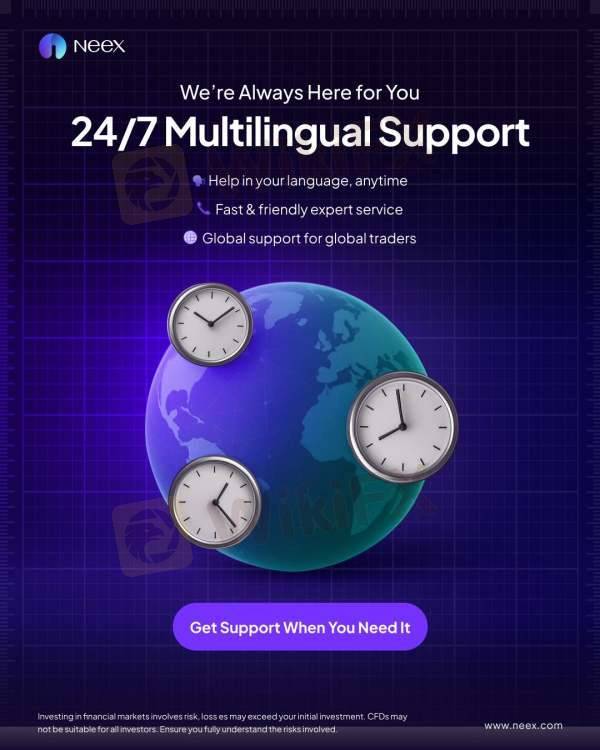Gold jumped to massive proportions across India’s spot markets on September 9, 2025, across both 24K and 22K categories.
The one gram price of gold moved past the INR 11,000 barrier by touching INR 11,029, rising by INR 136. Concurrently, the 10-gram price rose by a massive INR 1,360 to INR 1,10,290. Yesterday, it was INR 1,08,930.
The price of one-gram gold trades stands at INR 10,110, rising by INR 125 from the previous close of INR 9,985. Consequently, the price of ten grams scaled INR 1,01,100.
Gold jumped to massive proportions across India’s spot markets on September 9, 2025, across both 24K and 22K categories.
The one gram price of gold moved past the INR 11,000 barrier by touching INR 11,029, rising by INR 136. Concurrently, the 10-gram price rose by a massive INR 1,360 to INR 1,10,290. Yesterday, it was INR 1,08,930.
The price of one-gram gold trades stands at INR 10,110, rising by INR 125 from the previous close of INR 9,985. Consequently, the price of ten grams scaled INR 1,01,100.













